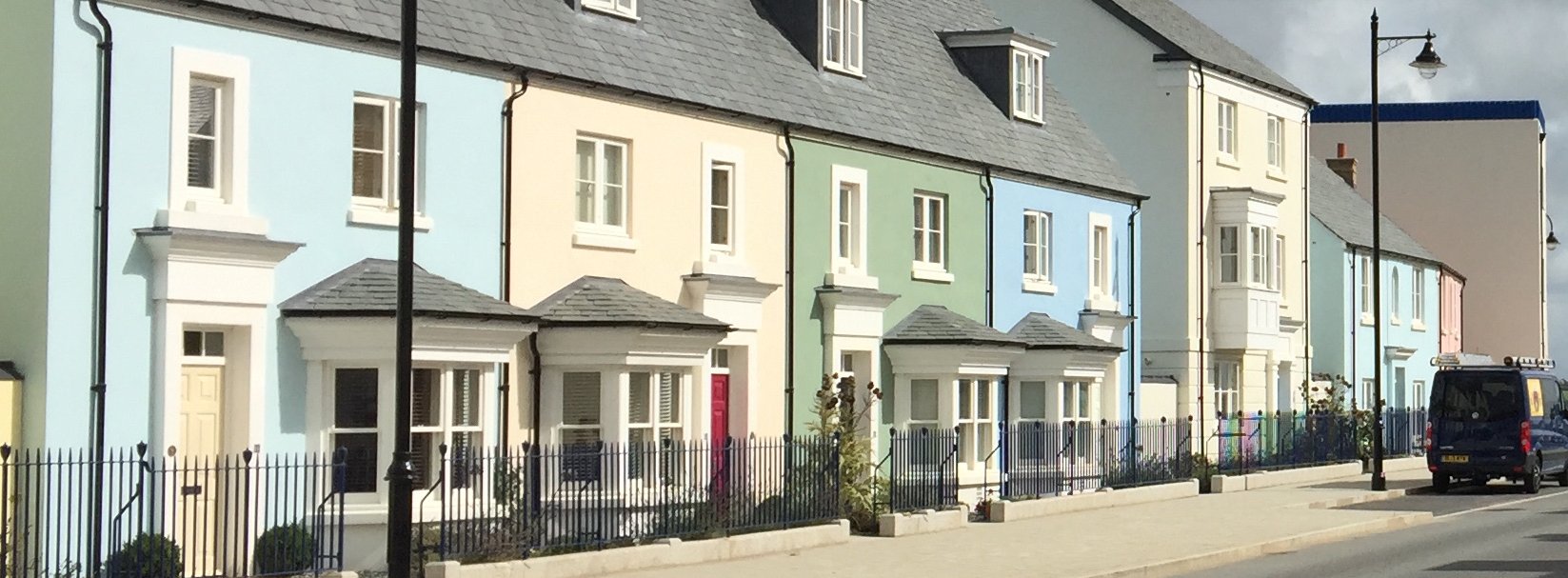Launched in November last year, the Building Better, Building Beautiful Commission is an independent body set up to advise government on how to promote and increase the use of high-quality design in new build homes and neighbourhoods.
The premise is that it will utilise the planning and development process to promote design which better reflects what communities want to see, building on local knowledge and tradition.
It will explore how new settlements can be developed with greater community consent and, crucially, to move towards a planning system that works in support of, rather than against, quality design and style.
It is a worthy ambition, helping to prioritise excellence in design. Its interim report, which was released recently on the back of public consultation, recommends several key areas for potential intervention.
Beauty first
First and perhaps foremost, the commission says that beauty should be a requirement that is embedded within the planning process. The question of what beauty looks like clearly needs defining and this definition should be aligned throughout the planning and development process and across all disciplines.
And here lies the problem. Who is going to define and arbitrate on what is beautiful? Who will train the decision-makers and ensure they do not overstep the mark?
Places not just houses
This is something that existing guidance seeks to achieve. An update to the Planning Policy Guidance is expected this year that could provide further direction on placemaking and the need for a mix of uses, given sufficient scale of development.
Regenerative development
The report suggests the redevelopment of retail parks into fine-grained parts of town. Few would argue that retail parks are beautiful by design. Under this line of thinking, they could be evolved into schemes with wider public benefit.
Collaboration
The report suggests that the attractiveness (or not) of proposals should be an explicit part of consultation. With less successful developments having a fundamental bearing on public attitudes toward new residential schemes, such a measure could prove helpful in terms of securing public support.
A level playing field
The report envisages clearer planning rules to ensure that medium-sized builders can compete with volume builders, a requirement based on the premise that smaller builders are delivering better quality, more beautiful places.
Growing beautifully
The report considers the collaboration needed between departments that deliver new places, the problem of lack of public transport leading to car dominance and associated parking that blights beauty.
Learning
The need for those making decisions on what is beautiful to be trained to a high standard is recognised. That would have to include councillors if decision-making on this issue is to be left in their hands.
Making beauty count
The commission will be looking further at the need to examine outcomes, defining objective measures for wellbeing, health and beauty. Part of the ‘beauty’ measurement could be related to popular support.
It will be interesting to see the ideas for putting this into practice: if implemented, the development industry would need to give careful consideration to the potential public reaction to the design of proposals.
There are some emerging new villages and towns that are already setting a pattern for new communities that people love. These places don’t just create healthy communities with high social value, and great spaces with high environmental value, they also deliver better economic value.
Places like Abode in Great Kneighton, Cambridge, Hanham Hall in Bristol and Barton Park in Oxford are breaking out of the mould and setting a new standard. Another good example is a scheme at Lime Tree Square in Street, which provides contemporary housing with carefully selected materials and details set in a high quality public realm.
Emerging places that have high levels of public support show that local distinctiveness can overcome resistance to new housing. Studies of the Princes Foundation developments at Poundbury and Nansledan, pictured above, have shown that the use of pattern books, defining local housing characteristics, agreed with local residents can be hugely successful in positively engaging a community.
The need to significantly increase housing delivery is well recognised. Let’s ensure that what we deliver is a legacy of diverse, distinctive and delightful places.
Further information
Contact Savills Urban Design Studio










.jpg)